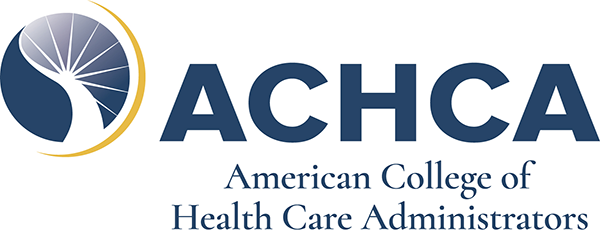It starts at the front door.
Smart choices upon admission will yield the best results. A strong admissions department will weigh various factors upon admitting a resident, working with the clinical team to select a strong primary diagnosis. This requires a comprehensive review of documentation and transfer paperwork provided upon arrival. By recognizing revenue triggers and selecting the best PDPM category composition; projected reimbursement is established at the highest appropriate level.
Timely supportive documentation is key.
It is no secret that supportive documentation detailing your skilled clinical care, has always been an important factor to support reimbursement. Documentation needs to be clear, timely, accurate, reflective of the observations and care provided, and serve as communication among health providers. It is the foundation for reimbursement under the PDPM system. Medical record documentation proves the daily skilled services which were required during a resident’s stay and supports the carefully selected components which make up your daily rate. Without this accurate, detailed foundation, you may run the risk of under-valuing your services or having Medicare dollars taken back.
Make your Medicare meeting matter.
An effective Medicare meeting allows for interdisciplinary communication, benefit verification, discussion of resident goals, status and plans, and discharge planning. Utilize this “meeting of the minds” to collaborate between departments. Discuss Section GG goals to help monitor their compliance with SNFQRP. Is the patient getting more independent? Are we progressing towards discharge as planned at the right pace? Are there any clinical changes, diagnoses, or any new information that is relevant? Is an IPA MDS assessment needed to improve the clinical categories or case mix groupings?
Triple Check for revenue success.
Use your triple check meeting to compare projected revenue vs. actual revenue. By establishing an anticipated rate of reimbursement, participants at your Triple Check meeting are able to verify the accuracy of claims submitted to Medicare and Managed Care. Simultaneously, the team is able to pinpoint any areas of opportunity and determine the appropriate corrections to implement and remain on course.
PDPM Prodigy, the best tool in your back pocket.
PDPM Prodigy, proudly released by Celtic Consulting, is a PDPM calculator designed by industry experts to streamline PDPM strategies and trends. PDPM Prodigy allows users to determine the financial impact that subtle clinical changes can have on your average daily rate. Simply click on the condition, and the dollar impact will be immediately shown on both a daily, and per episode basis. PDPM Prodigy will also allow you to access reports that can identify the average Case Mix Index for each of the PDPM components (PT/OT/ST/Nursing/NTA). From there, you can monitor changes over time and compare to industry standards.
Currently, PDPM Prodigy is being offered to new users at a special introductory rate of $30 month/user for the first six months with promo code ACHCA30. Visit www.pdpmprodigy.com for more information. When every penny counts, don’t leave your PDPM money on the table.
About the Author
Maureen McCarthy is the President and CEO of Celtic Consulting (www.celticconsulting.org), nationally recognized as a luminary amongst long term care operators and clinicians for Reimbursement and Regulatory matters, Audits, and Analysis, Enhancing Operational Efficiency and Education and Litigation Support. Maureen combines her clinical expertise in long-term care and her regulatory acumen to assist clients with developing and executing, sustainable remediation plans. She is a registered nurse with over two decades of work experience, including direct patient care, MDS Coordinator, Director of Nursing, and Rehab Director, and Medicare biller.



